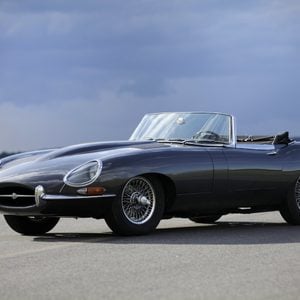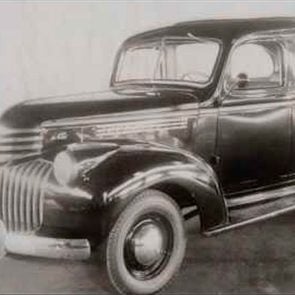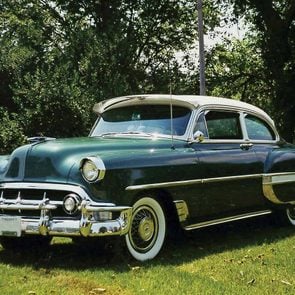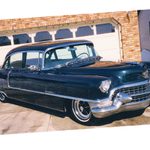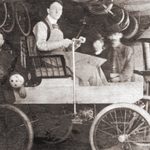How the Ford Mustang Became a Cultural Icon
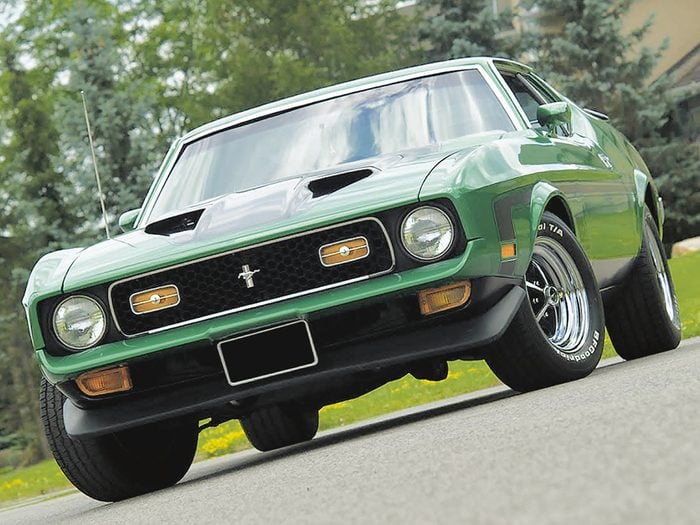
Certain car brands are more than mere steel, plastic and glass, but a metaphor that breaks all conventionality. The Mustang was one such car.
If the car’s emblem was hidden, could you tell the difference among the current models of BMW, Audi, Mercedes and Lexus? It’s even harder with SUVs and hatchbacks, which are almost indistinguishable. As I see it, modern production techniques have removed much of the character from new cars. Mass production “systems” complete with soulless computers and robots on the production lines producing identical parts 24 hours a day, seven days a week, are focused on one thing: meeting the targets and quotas set by car manufacturers to maximize efficiency and shareholder profit. Whether hotly contested or not, everyone has an opinion about cars, even those who say they pay little regard to them.
For the most part, cars are designed as an identity, a resonant of the era, on par with music and fashion. They reflect the tone of social values, desires and vision. In very rare cases, certain car brands are more than mere steel, plastic and glass, but a metaphor that breaks all conventionality. It surpasses the rudimentary role of transportation and embraces an opiate love affair with the people. These cars force the world to take notice. The Mustang was one such car.
An Icon in the Making: The Birth of the Mustang
When Ford introduced the Mustang in 1964 at the New York World’s Fair, it unshackled all preconceived restraints as to how an American car should look. The Mustang, though limited by budget restraints, was a car built by a group of guys in white shirts and thin ties using slide rules, who built a car based on passion. I wrote my book because the birth of the Ford Mustang is a great story. The concept evolved from fear and desperation when the Ford Motor Company, after its fiasco with the Edsel, was on a crash course with obscurity; furthermore, the pressures of emission constraints, safety and cost efficiency were a mounting concern. Ford couldn’t afford another disaster. Incredulously, the Mustang seed grew from clandestine group meetings in a motel, and even in office closets, and, gaining strength in surviving internal squabbling, inflated egos, conflicts and controversies, went on to become the most successful car brand in American automotive history, and one of the oldest car brands in the world. The Mustang was more than a life preserver for Ford; it became their flagship, selling more units in its debut year than any other car in history. A record that still holds today. It became an American icon.
I had been working on a book entitled Summer Dreams, a name chosen due to Canada’s limited window of summer days for owners of vintage, chrome, muscle and sports cars to parade their mobile art at car shows and cruise nights. The book comprised nearly 300 images of cars that I photographed, accompanied by insights from the owners. The content contained British, European and American sports cars that could unravel ribbons of countryside roads to the testosterone of muscle cars that move like spray from an aerosol can with sounds akin to God’s implacable anger.
The problem was that I couldn’t find an interested publisher.
Eventually the answer came from across the pond in the form of British publisher Amberley Books, noted for its excellent history of car-related publications. The editor, Connor Strait, liked the photography and writings, but didn’t think there was an adequate audience for it as the topic was too broad. Nevertheless, instead of dismissing my proposal, he suggested that Amberly would be interested in having me reduce the abundance of cars and focus on one brand. It had to be written to fit 96 pages and finished in three months. I had the option of writing about Jaguar, Corvette or Mustang. After some deliberation, I chose the latter, providing I could focus on Mustang’s first generation, from 1964 to 1973, my premise being that it was an era of considerable change and influence; the first-generation Mustangs are the most sought after by Mustang collectors and I had a good photo library of Mustang images from years of photographing them, although we had to purchase black-and-white pictures of the later models from the Detroit Public Library’s National Automotive History Collection to meet the required amount of photographs. Writing the book was a fascinating experience for me, but it wouldn’t have been feasible without the support of a lot of people—too many to mention here, but all of whom are listed in the book and whose efforts are greatly appreciated.
Ford Mustang: The First Generation by Clive Branson is available for purchase here.
Next, check out this incredible 1967 Mustang restoration.
